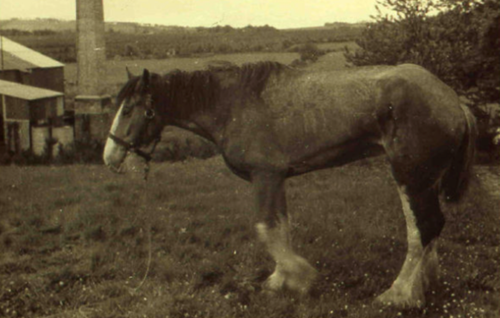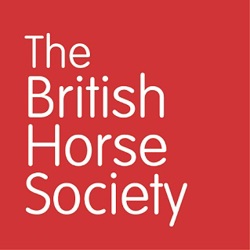In October myself and Rosie were delighted to organise a talk for my fellow students at Surrey Vet School in conjunction with the BHS and Dr Beth Wells of the Moredun Institute and the Equine Grass Sickness Fund.
It was a fascinating evening where we learnt about the current research methods being undertaken to try and understand this baffling disease that almost exclusively occurs in horses that graze grass.
Equine grass sickness is a disease that affects horses, ponies and donkeys where degeneration of autonomic neurons and ganglia within the brain and enteric nervous system, results in paralysis of the gut. The cause of the disease is still unknown, but the damage that happens to the nervous system indicates to researchers that a toxin is the causal agent, and Clostridium botulinum (the toxin that causes botulism) is under investigation.
Grass sickness was first recognised in army horses in Scotland in 1907, and outbreaks have occurred across the world, but Great Britain has the highest incidence of the disease. It has been noted that there’s an East/West split in disease prevalence, with more cases emerging in the East of the UK.
 Photo credit: Equine Grass Sickness Fund. Army horse with grass sickness.
Photo credit: Equine Grass Sickness Fund. Army horse with grass sickness.
Age has been identified as a significant risk factor for grass sickness – horses between two and seven-years-old, with a peak at three to four-years-old, account for the greatest number of cases, but the reasons for this remain unclear. Season is another risk factor - despite grass sickness occurring all year round, the highest frequency of cases is between April and July.
Grass sickness presents in three forms, acute, subacute and chronic. All three present with symptoms indicative of paralysis of the digestive tract from the oesophagus down through the gastrointestinal tract. Horses may have difficulty swallowing, a distended stomach, constipation, muscle tremors and sweating. Acute and subacute cases are always fatal, with the horse dying or being euthanised. Chronic cases may recover, but this isn’t a guarantee.
While the cause of the disease is still unknown, some management practices may help with prevention:
- Avoid turning horses out on pasture where previous grass sickness has occurred
- Reduce exposure to soil – don’t turn horses out on fields straight after harrowing, on very poached or closely grazed fields or following any soil disturbance work such as digging
- Avoid the overuse of ivermectin wormers.
For horse owners who sadly have a horse succumb to grass sickness, they can help further understanding of the disease by donating tissue to the Biobank. Saliva, blood, faeces and urine samples from newly diagnosed horses can be donated, and where the horse sadly dies, tissue samples from affected nervous tissue can be collected by the vet at no extra cost to the owner. These donations will be crucial to understanding and finding a cure for the disease.

